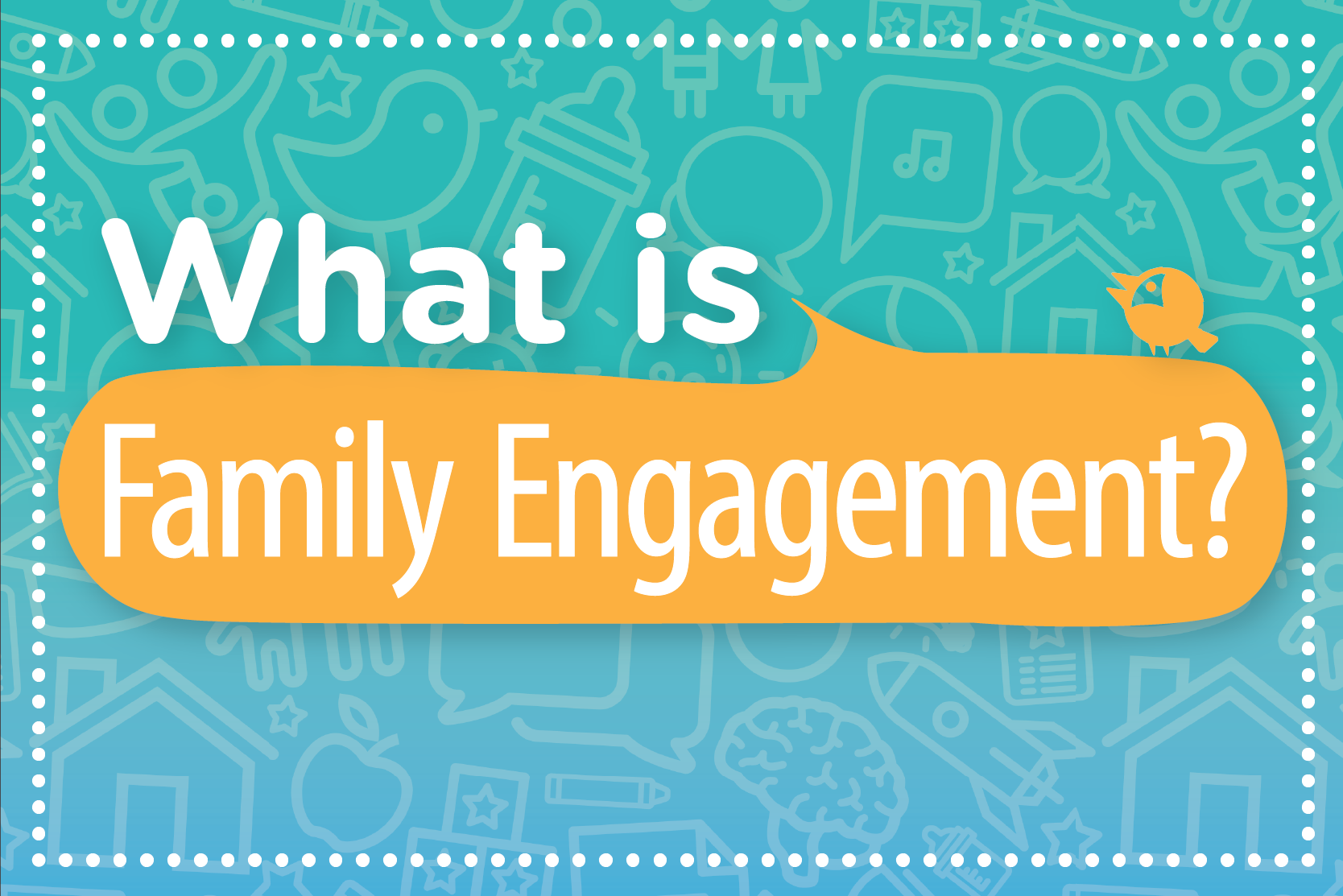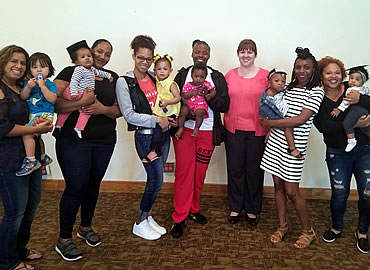Are you looking for new ideas on how to recruit families to a community program? In our work partnering with dozens of community organizations we’ve discovered a few key learnings.
Looking for more detailed advice? Download our free Guide to Recruiting Families to Community Programs, which has been recently updated to include a new section on virtual recruitment!
-
Understand the process. We’ve identified three main phases of the recruitment process: planning, recruiting, and retaining. In the planning phase, focus on setting systems in place that will streamline your efforts later on. For example, you may want to create spreadsheets to track interested parents, establish patterns for communication with your team and partners, and make sure you’ve determined who is responsible for what tasks. With that infrastructure in place, you can move on to the recruiting phase. This is when you’ll perfect your messaging, elevator pitch, and marketing materials, then use these in active outreach to parents through social media and one-on-one conversations. The last, crucial phase is retaining, when you convert interested families into program participants. Offering incentives and creating strong relationships are the keys to successfully retaining interested parents throughout the duration of the program. Running your sessions online instead of in person? Check out these tips for creating strong relationships with families virtually.
- Collaborate with partners. As we’ve gathered feedback from our partner sites who are working in communities across the United States, we’ve often heard that parent recruitment “takes a village.” Strategically partnering with other local organizations — such as school districts, non-profits, and community foundations – is vital for identifying and reaching the families who would benefit from your program the most. Often, these organizations already have relationships with the families you’d like to invite to your program, and they can offer a warm introduction or exchange contact information.
- Diversify and optimize touchpoints. A touchpoint is any direct point of contact a prospective parent has with a program recruiter. It could be a phone call, text message, in-person conversation, or email. Consider how to employ a variety of strategies to connect with interested families, and make sure touchpoints are specific, answering the “who, what, when, where, why, and how” questions. Design your touchpoint message to invoke a response. For example, if a recruiter is calling a family, asking “Would you like to register today?” at the end of the conversation will spark action.
- Identify and reduce obstacles to enrollment. Put yourself into the shoes of the families you’re serving as you plan your recruitment strategy. As you talk with families, ask them what might prevent them from attending the program, and create a plan to reduce as many obstacles as you can. Families may be busy, unavailable at certain times of day, or not sure how to use the technology to access virtual classes. Try to keep certain aspects of your class – such as the date, time, or type of food served — flexible until you better understand the group of parents who are interested in attending the upcoming session. Then, tailor the program to work with their schedules and meet their needs.
- Incentivize families to attend. Strong incentives spark parent engagement, but do not become the primary reason for their participation. Rather, these are a way to increase registration numbers, address common needs (like transportation), reward families’ efforts to attend class and participate, and build community among participants. Some incentives are free — like creating a warm, welcoming atmosphere and affirming parents. Others are purchased — like meals, gift cards, bus passes, diapers, books, or raffle prizes. Still others may be donated, like tickets to local attractions or complementary dental screenings. Aligning incentives with families’ interests and needs will maximize their impact.
Ready to kick-start your recruitment strategy? Our free guide will equip you with high-level strategy and practical techniques to boost enrollment in your program, whether it’s being offered online or in person.







